Dive into the enchanting world of a miniature succulent garden, a delightful venture for plant lovers seeking beauty and simplicity. These tiny yet robust plants offer a versatile option for decorating spaces, requiring minimal care while providing a lush, vibrant touch to any environment. Ideal for those with a busy lifestyle or limited space, miniature succulents bring the essence of nature into your home or office with an array of shapes, colors, and textures. This guide will navigate you through creating and maintaining your very own low-maintenance garden, ensuring a fulfilling and successful gardening experience.
Contents
Getting Acquainted With Miniature Succulents
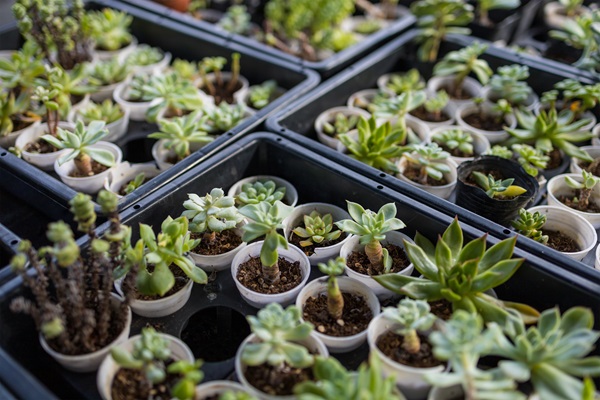
Miniature succulents are prized for their petite size and striking variety, fitting the smallest of spaces with their unique charm. These plants thrive in a range of conditions, making them perfect for indoor gardens and small outdoor spaces alike. With an array of colors, shapes, and sizes, they offer endless possibilities for creative arrangements. Understanding the specific light, temperature, and space requirements is crucial to ensure their health and vibrancy. This section will introduce the most popular types of miniature succulents, helping you recognize and choose the right ones for your garden.
Each species of miniature succulent has its own story, with distinct needs and aesthetic appeal. From the rosette-forming Echeverias to the trailing String of Pearls, the variety is astounding. Learning about their native habitats and adaptations can inspire your garden design and care strategy. They generally prefer bright, indirect light and well-draining soil, common threads among these diverse beauties. As you become familiar with their individual characteristics, you’ll be better equipped to create a thriving miniature garden that reflects your personal style.
Selecting Your Succulents
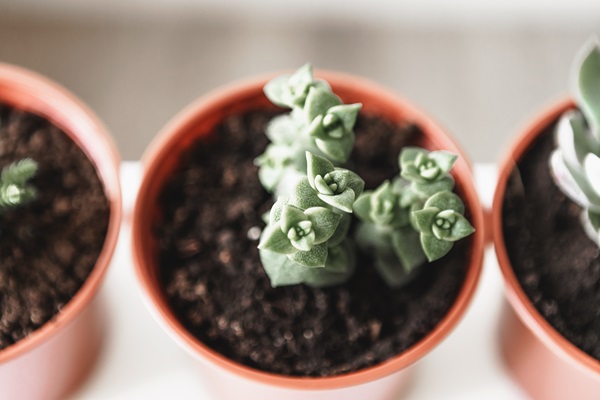
Choosing the right succulents for your miniature garden is a delightful journey through an array of robust, beautiful plants. Consider factors like growth habits, size, and color to create a harmonious arrangement. Hardy varieties that tolerate indoor conditions and limited space are ideal. Look for plants with healthy leaves, no signs of pests, and a strong root system. This ensures a resilient garden that will continue to thrive and bring joy to your space.
When selecting succulents, think about the visual impact you want to achieve. Do you prefer a monochromatic scheme or a riot of colors? Would you like a textured look with fuzzy leaves or a sleek appearance with glossy foliage? Mixing and matching different species can create a captivating display of textures and hues. By choosing succulents that complement each other in growth rate and care needs, you’ll ensure a balanced and sustainable miniature ecosystem.
Designing Your Miniature Garden
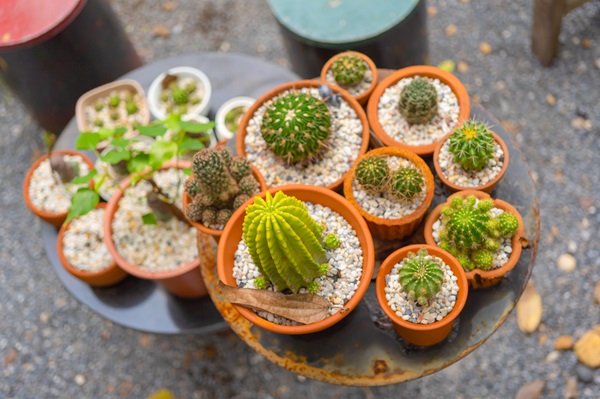
Designing your miniature garden is an exciting opportunity to express creativity and connect with nature. Start by considering the container, as it sets the stage for your garden’s aesthetic and functionality. Whether you opt for a traditional terracotta pot or a quirky repurposed item, ensure it has proper drainage to keep your succulents healthy. Next, envision how you’ll arrange the plants, keeping in mind their size and growth patterns. Balancing various heights, colors, and textures will result in a visually appealing and cohesive garden.
Beyond the plants themselves, think about adding non-plant elements that reflect your personal style. Decorative stones, miniature figurines, or even small pieces of driftwood can enhance the garden’s theme and add visual interest. Consider the scale and proportion of these additions to maintain a realistic and attractive miniature landscape. Layering different elements creates depth and intrigue, inviting onlookers to take a closer look. With each decision, your miniature garden will become a personalized reflection of your creativity and a serene green space in your home.
Planting Techniques
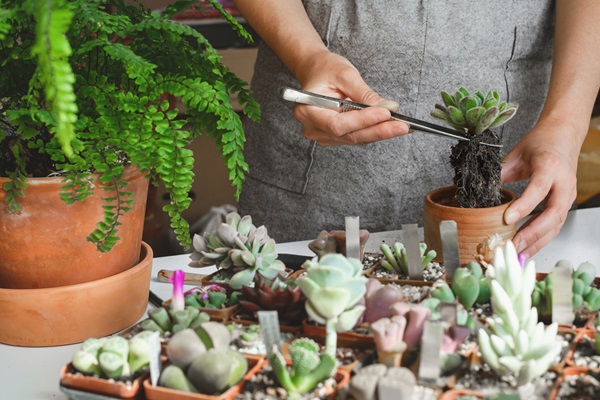
Planting miniature succulents is a delicate process that sets the foundation for a thriving garden. Begin by choosing the right soil mix, one that promotes good drainage and aeration, which is crucial for succulent health. Layer the bottom of your container with gravel or pebbles to further ensure drainage and prevent root rot. Carefully remove the succulents from their nursery pots, gently loosening the roots to encourage growth in their new home. Arrange them in the container, considering how they’ll look from various angles and ensuring each plant has enough room to grow.
Once your succulents are positioned, fill in the gaps with soil, being careful not to bury the plants too deeply. A top layer of sand or gravel can add a finished look and help keep the soil in place. Water the newly planted succulents sparingly, as their roots need time to adjust, and excessive moisture can be detrimental. As they settle in, observe their growth and adjust your care routine accordingly. With patience and attention, your miniature succulents will soon flourish, transforming your container into a stunning, low-maintenance garden.
Care and Maintenance
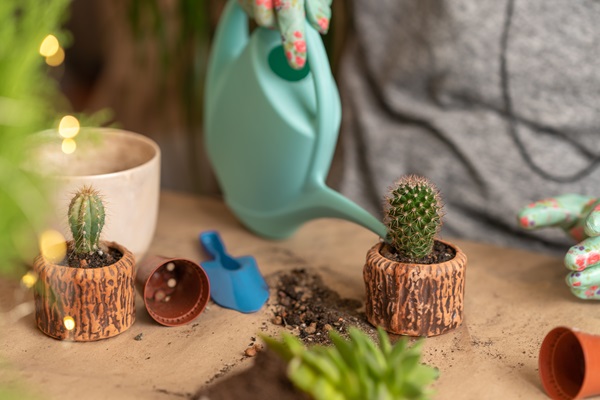
Maintaining a miniature succulent garden requires an understanding of the delicate balance between neglect and overcare. Watering is a nuanced task; these plants prefer a “soak and dry” method, where the soil is allowed to dry out completely between waterings. This mimics their natural arid environments, preventing root rot and encouraging healthy growth. Fertilizing should be done sparingly, as succulents require fewer nutrients than other plants. A diluted, balanced fertilizer can be used in the growing season to promote vitality.
Pruning and grooming are also key to maintaining the beauty and health of your miniature garden. Regularly removing dead or dying leaves and stems keeps the garden looking tidy and prevents disease. As succulents grow, they may need to be reshaped or repositioned to maintain the garden’s design. Monitoring for signs of stress or pests will help you take action quickly, ensuring that your garden remains a vibrant and enjoyable space.
Problem-Solving in Miniature Gardens
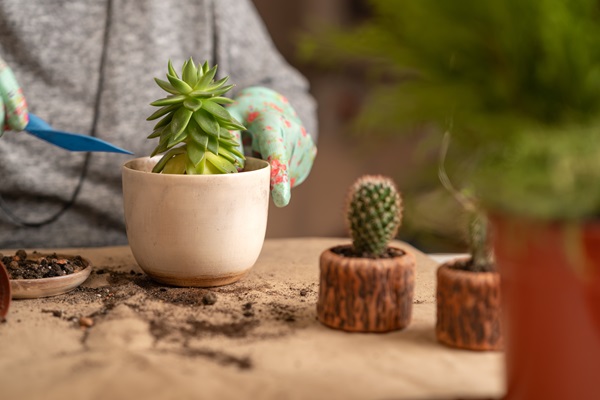
Even the most carefully tended miniature gardens can encounter problems. Common issues include pests, such as mealybugs and spider mites, and diseases like root rot or fungal infections. Early identification and treatment are crucial; inspect your plants regularly for signs of distress, such as discoloration, wilting, or unusual growths. Use gentle, non-toxic treatments whenever possible to minimize harm to the plants and the environment.
Environmental stressors can also impact the health of your succulents. Sudden changes in temperature, humidity, or light can cause shock or damage. Acclimatizing your plants to their environment gradually and providing stable conditions will help mitigate these risks. In some cases, succulents may outgrow their space or lose their aesthetic appeal. Learning when and how to repot or propagate your plants will allow you to refresh your garden and enjoy continued growth and variety.
Enhancing Your Miniature Garden
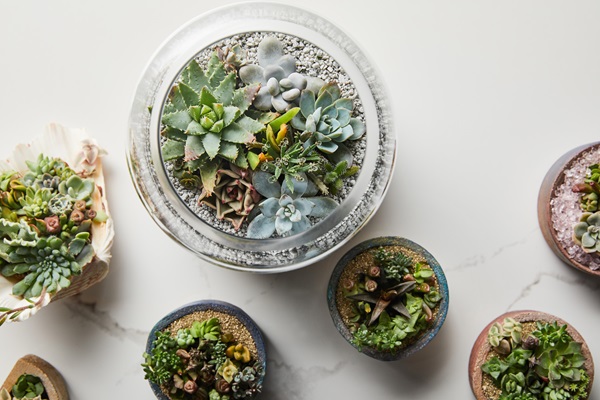
As your miniature succulent garden matures, you may find yourself looking for ways to enhance its beauty and interest. Seasonal updates can provide a change of scenery; rotating different succulents in and out of the garden allows you to experiment with new plants and designs. Consider introducing flowering succulents for a pop of color or varying the textures and shapes of the plants for a dynamic look.
Sensory elements can also enrich the experience of your garden. Fragrant succulents or those with interesting textures invite closer interaction and appreciation. Lighting can dramatically change the appearance of your garden; experimenting with natural or artificial light can highlight the plants’ colors and shapes. As you become more confident, you might explore advanced techniques such as creating multi-level designs or propagating your succulents to expand your collection.
Seasonal and Long-Term Care
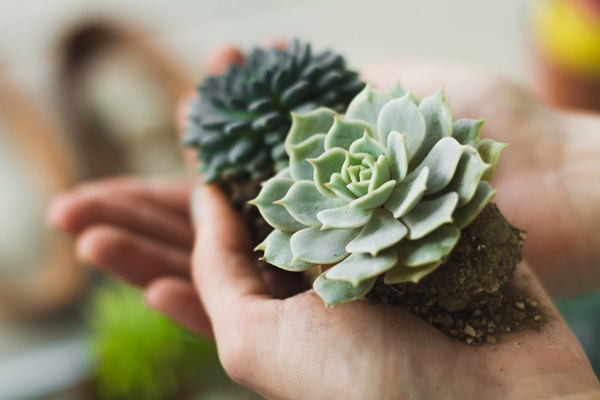
Understanding the seasonal needs of your succulents is key to long-term success. As the seasons change, so do the light, temperature, and humidity conditions affecting your plants. Adjusting your care routine accordingly will keep your garden thriving year-round. In colder months, succulents may enter a dormancy period where they require less water and no fertilizer. Recognizing these natural cycles allows you to support your plants’ health and vigor.
Long-term care also involves planning for growth and changes in your garden. Succulents can live for many years, gradually changing in size and appearance. Regularly reassessing the layout and composition of your garden will ensure it remains attractive and well-proportioned. As plants grow, they may need to be divided or repotted to prevent overcrowding. This ongoing engagement with your garden is not only necessary for the plants’ well-being but also provides a rewarding, evolving hobby.
Nourish Your Space with Nature
Step into the world of miniature succulent gardening with confidence and enthusiasm. This journey brings the beauty of nature into your space, fostering a sense of tranquility and accomplishment. As you tend to your garden, remember each plant’s potential to grow and flourish under your care. Now, embark on this rewarding adventure; select your first succulent, envision your design, and begin creating a vibrant, living art piece that reflects your personal style and brings joy to your everyday life.


